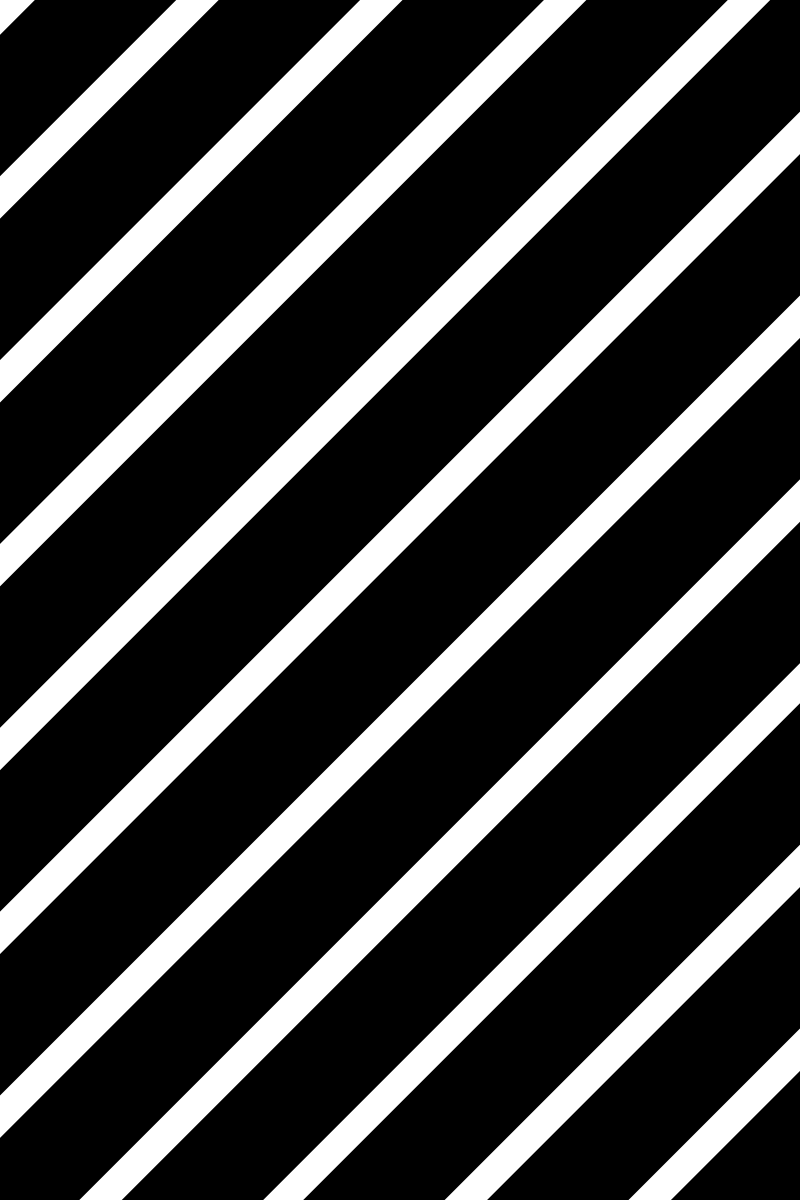- Log in to:
- Community
- DigitalOcean
- Sign up for:
- Community
- DigitalOcean
By Alligator

We covered the use of the clip-path property for clipping using CSS, so it’s only natural that we now go over masking. Contrary to clipping, where a part of an image or element is either completely invisible or completely visible, with masking we can hide or show parts of an image with different levels of opacity.
Masking in CSS is done using the mask-image property, and an image has to be provided as the mask. Anything that’s 100% black in the image mask with be completely visible, anything that’s 100% transparent will be completely hidden, and anything in-between will partially mask the image. Linear and radial gradients in CSS are generated images, so they can be used as the image mask. SVGs that use the mask element can also be used as the image mask. Let’s go over the 3 possibilities for image masks with concrete examples:
Masking Using Gradients
Let’s first use a simple linear gradient that goes from transparent to black. The first image is our default starting image, and the second image has our linear gradient applied as the mask-image value:


Here’s the CSS rules used here:
.mask1 {
-webkit-mask-image: linear-gradient(to bottom, transparent 25%, black 75%);
mask-image: linear-gradient(to bottom, transparent 25%, black 75%);
}
Here are two more examples of interesting effects that can be accomplished with masking using gradients:


And the CSS rules for these 2 gradient masks:
.mask2 {
-webkit-mask-image: radial-gradient(circle at 50% 60%, black 50%, rgba(0, 0, 0, 0.6) 50%);
mask-image: radial-gradient(circle at 50% 60%, black 50%, rgba(0, 0, 0, 0.6) 50%);
}
.mask3 {
-webkit-mask-image: radial-gradient(ellipse 90% 80% at 48% 78%, black 40%, transparent 50%);
mask-image: radial-gradient(ellipse 90% 80% at 48% 78%, black 40%, transparent 50%);
}
Masking Using Images
Here’s we’re using an image that was created using Sketch as our image mask. The first image is the image mask itself, and the second image has that mask applied to it:


And our CSS looks like this:
.mask4 {
-webkit-mask-image: url("/path/to/image-mask.png");
mask-image: url("/path/to/image-mask.png");
-webkit-mask-size: 400px 600px;
mask-size: 400px 600px;
}
We specified a value for mask-size here because our image mask is 800px by 1200px, but here we want everything shrunk by half so that the image can look sharp on retina displays.
Masking Using SVG Masks
Finally, if SVG is your groove, you can define image masks using the SVG mask element.
The first example currently only seems to be working in Firefox (you probably won’t see anything in non-supporting browsers). It defines the SVG mask and then we reference the ID of the mask in CSS as usual. The second example seems to have wider support and defines the image as part of the SVG element itself.
Also note that with SVG masks, the colors to use are white and black instead of transparent and black. The colors also work in reverse and white/partially white is what will be visible.
See the Pen mdPBExv by alligatorio (@alligatorio) on CodePen.
Example 1 (triangle)
Here’s the SVG markup for the first example:
<svg width="0" height="0" viewBox="0 0 400 600">
<defs>
<mask id="my-svg-mask">
<rect fill="#000000" x="0" y="0" width="400" height="600"></rect>
<polygon fill="#FFFFFF" points="200.5 152 349 449 52 449"></polygon>
</mask>
</defs>
</svg>
Then we can apply the mask to our image with mask-image as usual by refecencing the ID of the SVG mask:
.mask5 {
-webkit-mask-image: url(#my-svg-mask);
mask-image: url(#my-svg-mask);
}
Example 2 (bubbles)
For our second SVG example, everything is contained in the SVG definition, including our main image itself:
<svg width="400px" height="600px" viewBox="0 0 400 600">
<defs>
<mask id="my-svg-mask2">
<rect id="Rectangle" fill="#000000" x="0" y="0" width="400" height="600"></rect>
<circle id="Oval" fill="#FFFFFF" cx="67.5" cy="51.5" r="67.5"></circle>
<circle id="Oval" fill="#FFFFFF" cx="296.597656" cy="118.597656" r="56.5976562"></circle>
<circle id="Oval" fill="#FFFFFF" cx="53.4648437" cy="256.464844" r="81.4648437"></circle>
<circle id="Oval" fill="#FFFFFF" cx="239.587891" cy="313.587891" r="70.5878906"></circle>
<circle id="Oval" fill="#FFFFFF" cx="366.597656" cy="562.597656" r="56.5976562"></circle>
<circle id="Oval" fill="#FFFFFF" cx="93.203125" cy="486.203125" r="76.203125"></circle>
</mask>
</defs>
<image mask="url(#my-svg-mask2)" xmlns:xlink="http://www.w3.org/1999/xlink" xlink:href="/images/css/masking/masking-example1.jpg" width="400" height="600"></image>
</svg>
Thanks for learning with the DigitalOcean Community. Check out our offerings for compute, storage, networking, and managed databases.
About the author
Alligator.io is a developer-focused resource that offers tutorials and insights on a wide range of modern front-end technologies, including Angular 2+, Vue.js, React, TypeScript, Ionic, and JavaScript.
Still looking for an answer?
This textbox defaults to using Markdown to format your answer.
You can type !ref in this text area to quickly search our full set of tutorials, documentation & marketplace offerings and insert the link!
- Table of contents
- Masking Using Gradients
- Masking Using Images
- Masking Using SVG Masks
Deploy on DigitalOcean
Click below to sign up for DigitalOcean's virtual machines, Databases, and AIML products.
Become a contributor for community
Get paid to write technical tutorials and select a tech-focused charity to receive a matching donation.
DigitalOcean Documentation
Full documentation for every DigitalOcean product.
Resources for startups and SMBs
The Wave has everything you need to know about building a business, from raising funding to marketing your product.
Get our newsletter
Stay up to date by signing up for DigitalOcean’s Infrastructure as a Newsletter.
New accounts only. By submitting your email you agree to our Privacy Policy
The developer cloud
Scale up as you grow — whether you're running one virtual machine or ten thousand.
Get started for free
Sign up and get $200 in credit for your first 60 days with DigitalOcean.*
*This promotional offer applies to new accounts only.
